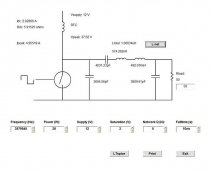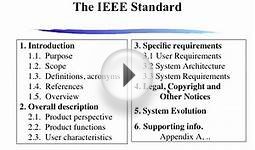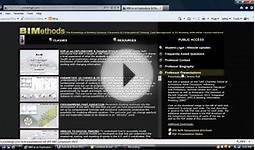Here is a simple way of understanding an Abstract Class.
Lets assume you want to program a Naval warfare game.
First you need some ships. How about an Aircraft Carrier, a Cruiser, and a Tug.
Each of the 3 ships can be a seperate Class. But the ships have things in common. For example they all have hulls, they all contain a crew, they each have a radar.
So put all the common features into another class and call it the Ship Class. This is an Abstract Class. This just means we have 'abstracted' common features out of all the other 'Concrete' classes.
Now if we created a new Class for…













